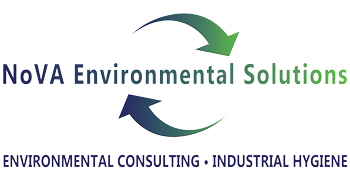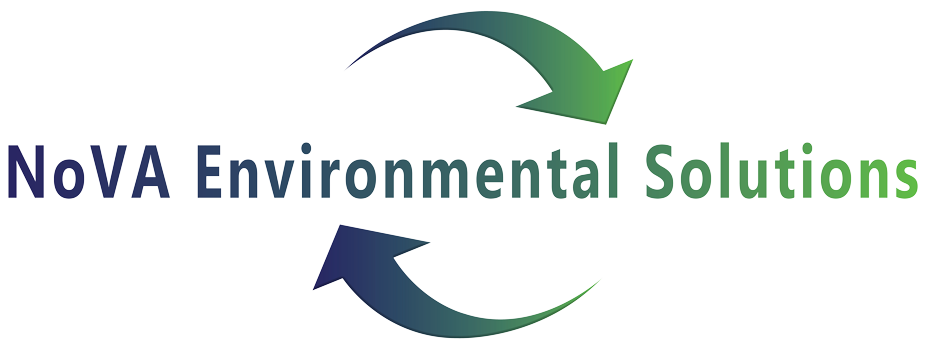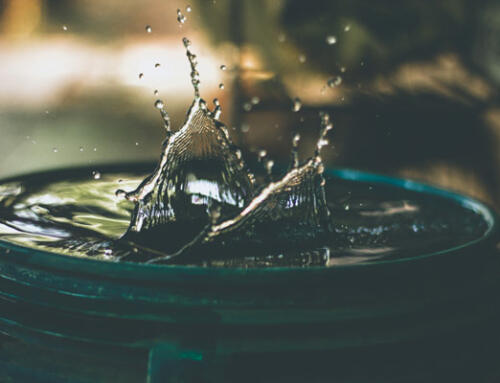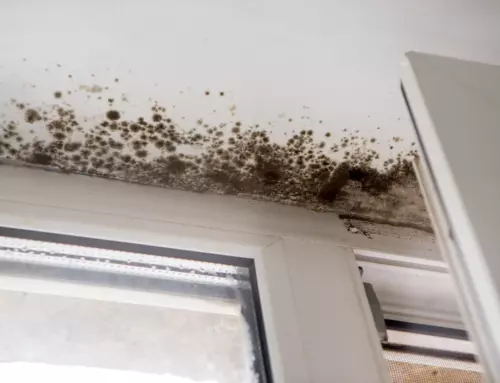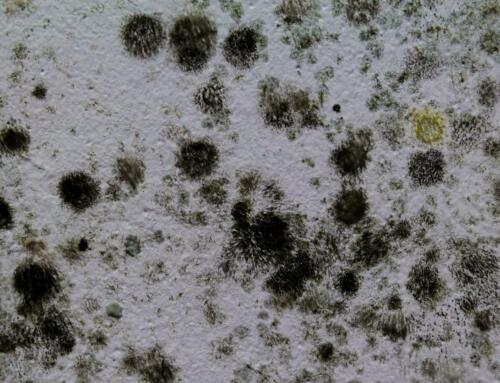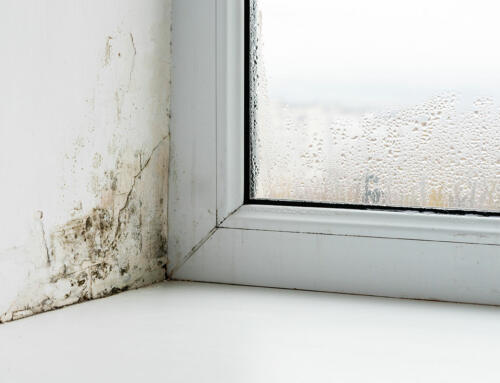Indoor air pollutants are substances that can negatively affect the quality of the air inside our
homes. It is important to be aware of the most common ones so that we can take steps to
reduce our exposure to them. In this blog post, we will identify the most common indoor air
pollutants, ways to reduce exposure to them, and how NoVA Environmental Solutions can help
you improve the air you breathe.
Mold
Mold is a common indoor air pollutant that can cause significant health risks and damage our
homes. It spreads through the air via spores and can quickly contaminate our air. Identifying
and dealing with mold early on is vital to avoid long-term risks and property damage.
If you suspect mold in your home, contact a professional like NoVA Environmental Solutions for a mold inspection. Don’t let mold compromise your health and the integrity of your property.
Take action and protect your indoor air quality today.
Radon
Radon is a colorless and odorless noble gas that poses a serious health risk when present in
high levels indoors. It can seep into your home through cracks in the foundation or gaps in the
walls and floors. Long-term exposure to radon increases the risk of developing lung cancer, responsible for thousands of deaths yearly. Testing for radon is crucial, especially in areas with high radon levels. Our indoor air quality testing services can help ensure the safety of your indoor air.
Carbon Monoxide
Carbon monoxide is another dangerous indoor air pollutant that is often overlooked. Heat
sources and gas-powered appliances in our homes produce it. Carbon monoxide, often called
the “silent killer,” is odorless and tasteless, making it difficult to detect. However, it can cause a
range of symptoms, such as fatigue, headaches, dizziness, confusion, and nausea. In high concentrations, it can be fatal. It is important to have proper ventilation and carbon monoxide detectors in your home to ensure your and your family’s safety.
Volatile Organic Compounds
Volatile Organic Compounds, or VOCs, are another common type of indoor air pollutant. These
chemicals are released into the air by solids and liquids that we use indoors, such as cleaning
products, paints, wood preservatives, and aerosol sprays. The concentration of VOCs is often much higher indoors than it is outdoors. It is important to be aware of the ingredients in our products and use them in well-ventilated areas. Checking product labels for potentially harmful ingredients can help minimize exposure to VOCs and improve indoor air quality.
How NoVA Environmental Solutions Can Help
NoVA Environmental Solutions offers a range of services to help improve
indoor air quality. Our team of professionals can conduct comprehensive testing for common indoor air pollutants. Schedule an appointment today to take the first step towards cleaner and safer indoor air. If you have indoor air quality concerns, we’re here to help. Contact us at (540) 645-6141.
